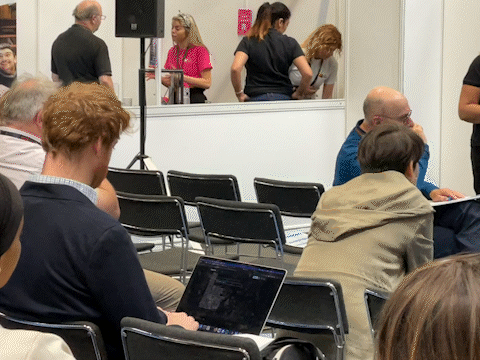Design Thinking at Neumind

Claudia Hill
July 13, 2022
Musings of an engineer thinking about design.
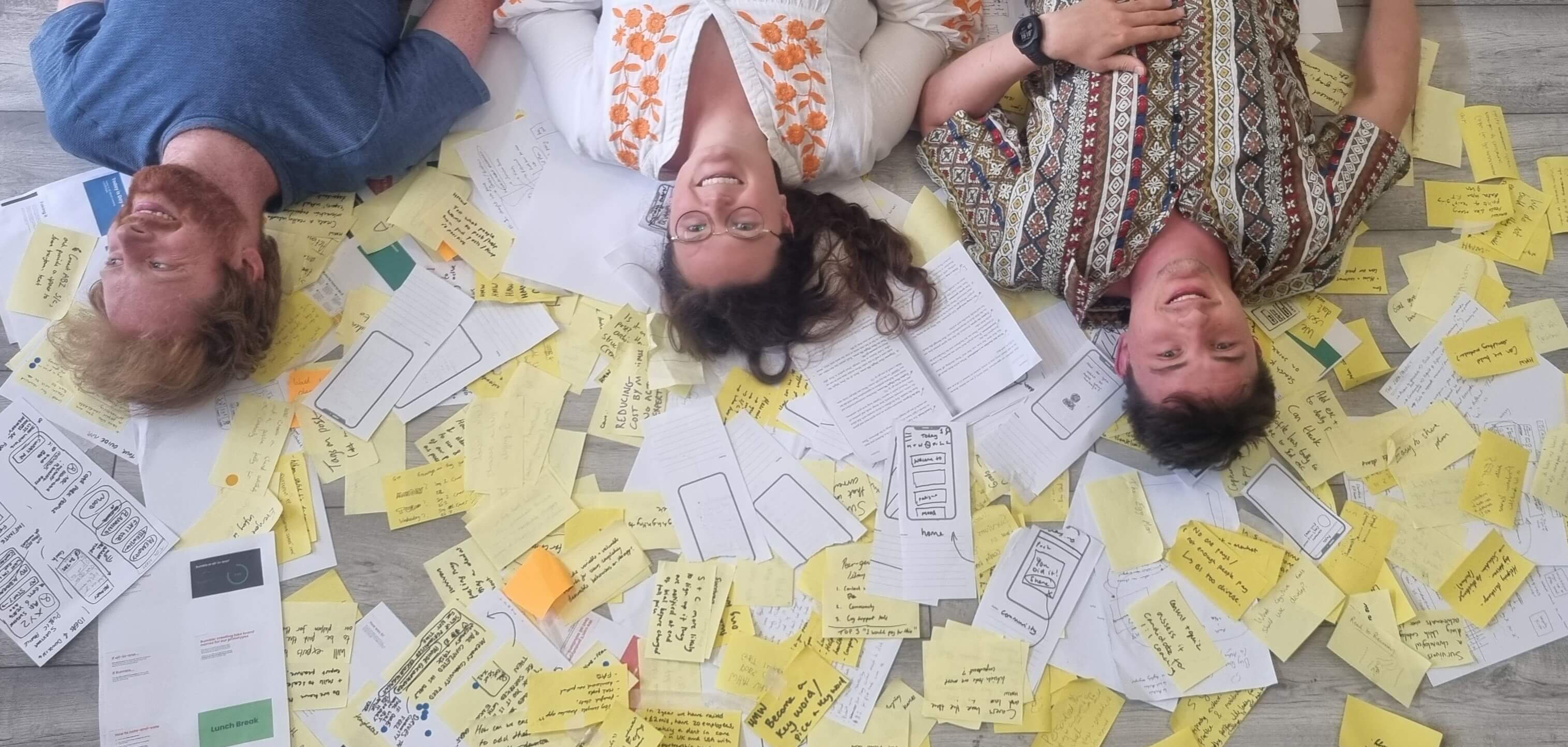
If you have ever been on a start-up accelerator, you will have been told that one of the most important things to be successful is to build something that people will buy. As Bill Aulet told us at the start of the Oxford Elevate course, “The single necessary and sufficient condition for a business is a paying customer”.
The customer-driven approach to building a start-up involves finding an unmet need and building a business around it. Back in 2020 when we founded neumind, this is exactly what we did: we saw an unmet need in the care provision for survivors of brain injury and neurological conditions (e.g. brain injury, stroke, tumour, cognitive decline, dementia, etc), and we founded a business. We were then supported by a number of incredible accelerators and investors who helped, enabled, and guided us towards a marketable set of features.
As a start-up with few resources, taking an extremely focussed customer-driven approach is very important. The lessons we have learnt during the first few years at neumind have turned us into much better founders and have given us the tools to think bigger and validate efficiently to ensure we achieve product-market fit. This blog describes the steps we have taken, some of our learnings and a few of the influential tools that have helped us get to where we are now.
1) You can always learn more about your stakeholders.
You think you know everything there is to know about your end user? You don’t. We started in a fortunate position where we had experience of the user we were building for. However, despite our personal experience, we still found that there was so much more to learn from speaking with survivors, family members and professionals. About 300 hours more in fact...
The more people we spoke to, the more we were able to understand what our users needed, and the better our product design became. After developing Alfred for six months, we went back to the drawing board and got the zoom links ready.
It felt counterintuitive going backwards after developing an app which people were using, but it was so worth it.
2) The Double Diamond Design process is key
The process which guided us on our fresh journey was The Double-Diamond Design approach, introduced by Neal Stone (previous Head of Design for British Airways and our Design mentor through the Design for Growth program run by Innovate UK). If we had been designers and not engineers, we would have no doubt been using this process from the start, and in some ways we had been, but not to the extent by which we were coached to by Neal.
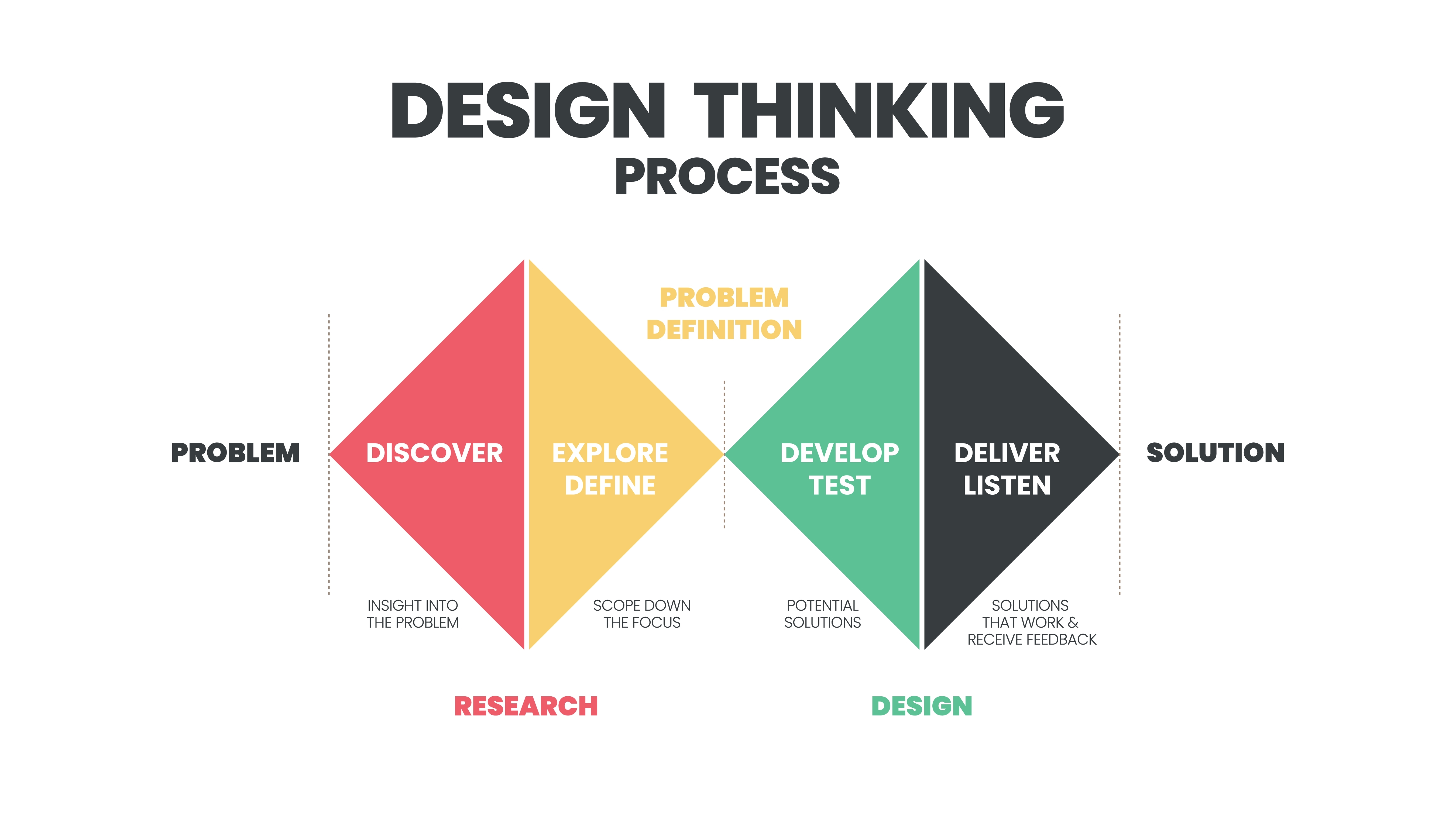
The approach consists of four stages:
- Discover - Questioning and researching the challenge to identify our user's needs.
- Explore/Define - Making sense of the findings, understanding how the user needs and the problem aligns. The result is to create a design brief which clearly defines the challenge based on these insights.
- Develop/Test - Developing, testing and refining multiple potential solutions.
- Deliver/Listen - Receiving feedback on potential solutions and selecting a single solution that works and preparing it for launch.
Definitions of the two diamonds:
Research Diamond: You start with a single problem, then go through a discovery phase in which you gain as much insight as you can into the problem and then refine those insights into a single focus to give you a problem definition.
Design Diamond: You start coming up with as many solutions as possible to address the problem you have defined, then test those solutions with a pool of customers that fit our end-user persona and who are passionate about the problems we are solving (we call them research customers). They then provide feedback until you get to a final solution.
3) Insights, insights, insights
During the first stage of the design process, we spoke to hundreds of survivors, family members and clinicians in the brain injury and neurological conditions communities. Every time we learnt something, we wrote it down on a post-it on Miro.
When we first showed Neal our insights board, he said,
“OK. Usually I would expect to see around a hundred of these”.
However, we had generated thousands of valid insights. Dealing with such a diverse set of needs meant that everyone had unique insights which we wanted to capture. After several rounds of clustering and segmenting, we finally had a manageable list of problems which we could start developing solutions around.
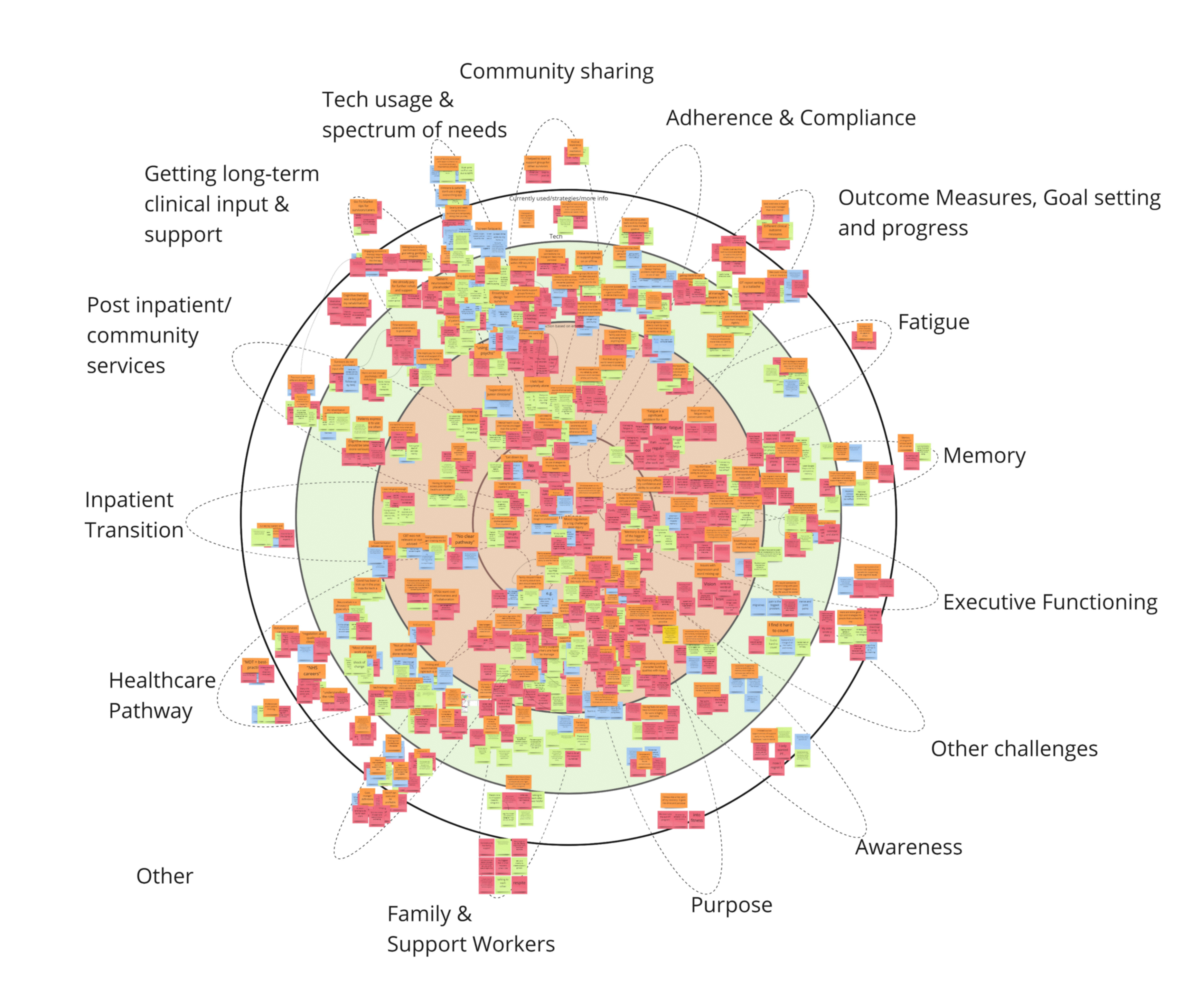
4) Google Design Sprint: how to solve big problems and test new ideas in just five days
We found moving into the solutions phase pretty overwhelming. With so many different problems we could be tackling, how could we possibly start thinking of solutions for all of them? Especially as a team of 3, no matter how passionate we were and how many late nights we worked, it still felt like an enormous task.
Until we found Google Design Sprints, which we trialled then adopted as the answer to our prayers: a structured process which we could follow and still be creative?! Yes please.
A Google Design Sprint follows a strict five day schedule, starting by defining the questions you want to answer during the week, and ending with testing and feedback sessions with real customers.
A great book has been written to describe the Sprint process, with real-world examples from companies. It is called Sprint: How to Solve Big Problems and Test New Ideas in Just Five Days by Jake Knapp, Braden Kowitz and John Zeratsky from Google Ventures. If you've read this far, I highly recommend you read it!
Without copying out of the book, I thought sharing some photos of our different sprints would give you a flavour of what it's been like.
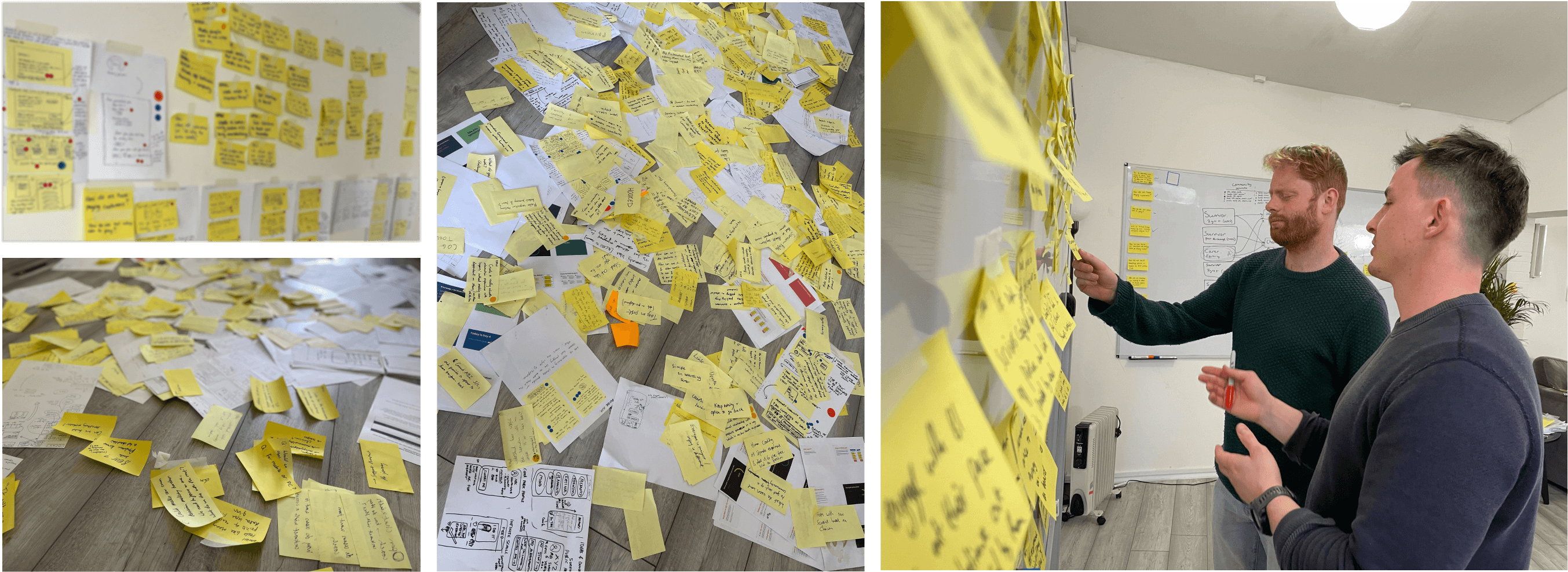
Our major design sprint learnings were:
- Beware of fake customer interviews. Despite there being a great section in the Sprint book about how to avoid people who aren’t really your customers, that was the first hurdle we fell at: several teenagers saw we were giving away gift cards for interviews and signed up, it seems very naïve of us now but we were convinced that “Larajean Covey” really was a family member of someone with a neurological condition, not the main protagonist of the Netflix show “To All the Boys I’ve Loved Before”… how did we miss that?
- The time-timer is totally worth buying. It was the star of the show and kept us on track. We have now integrated it into our normal work, and in Ellis’ case his personal life too!
- Post-it® post-it notes are the real deal. Trying to cut costs where we could, we went through every knock off brand of post-it notes we could find, all of them swiftly fell off of the wall or white board. Post-it® must have something special on theirs which makes them stay up forever.
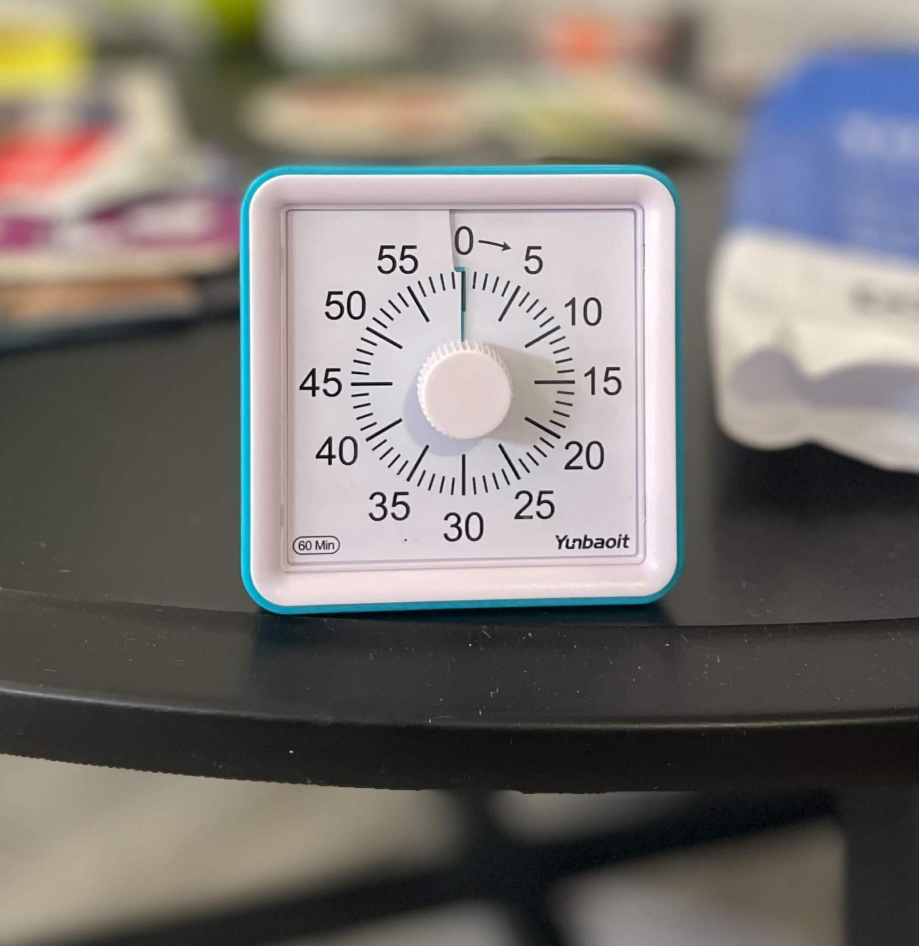
5) Figma
Figma is a design tool which enables rapid high-quality prototyping. It took the three of us several hours to get to a point where we were good enough at it to make the prototypes, but when we got the hang of it, there was no turning back.
It was the key to getting our solutions in front of reference customers in a believable way. This enabled our reference customers to give us real feedback on our designs, as if they were fully formed products.
To summarise
The journey is by no means over, but as we edge ever closer to the holy grail of product-market-fit, we are excited to share our new website with you. It articulates some of this work and depicts the solution we are building. Check it out and let us know what you think!
Finally, you want to see the moment that you're sitting at a conference and all that hard work finally pays off?
